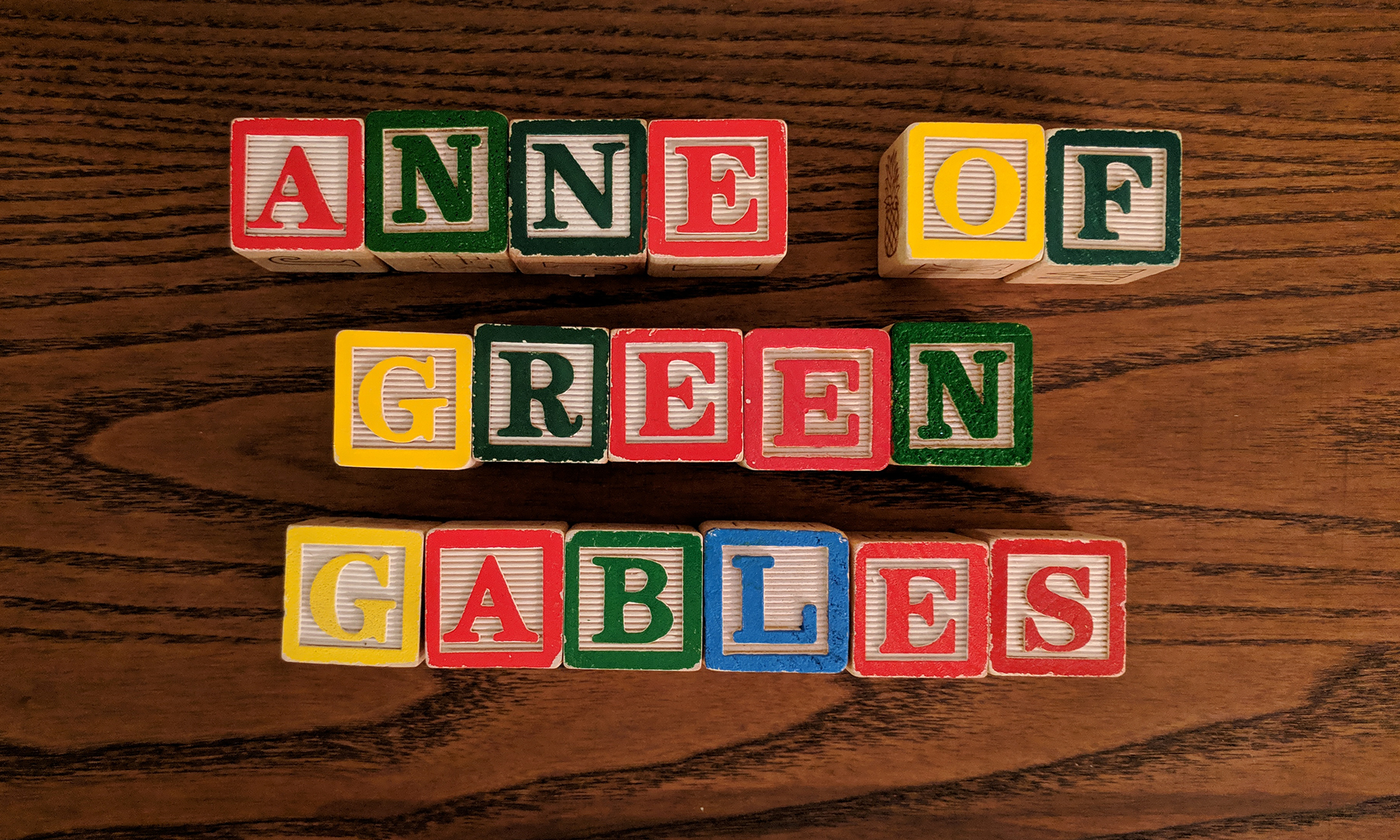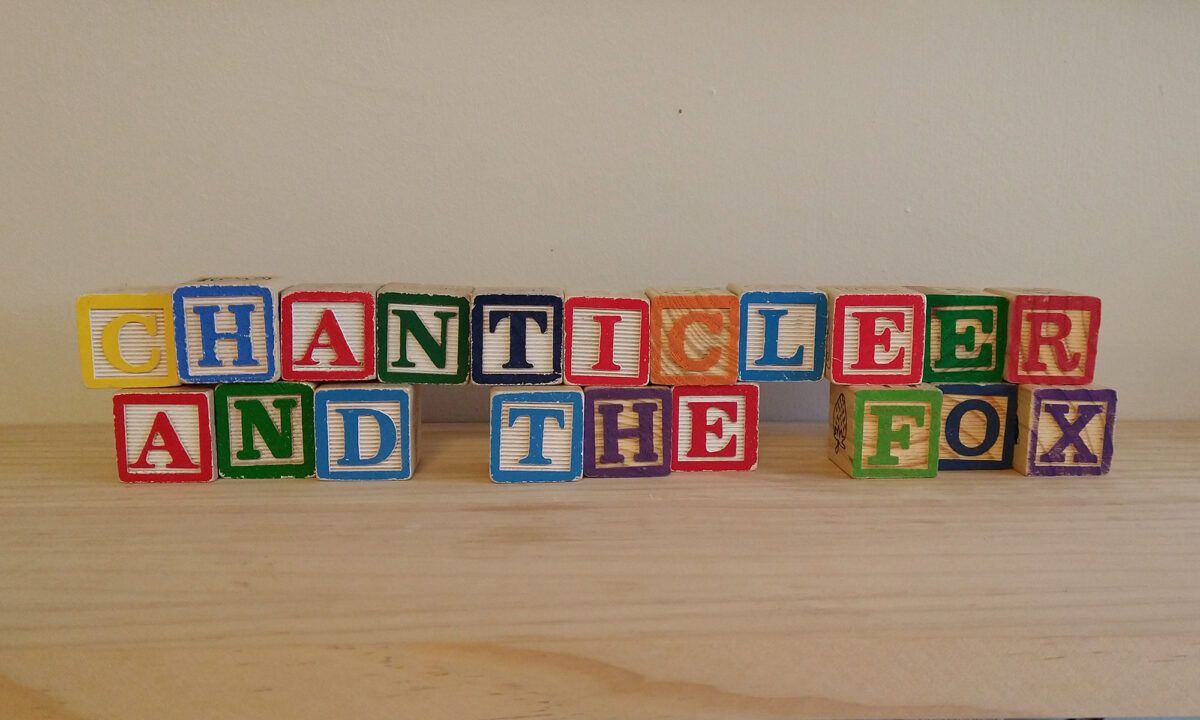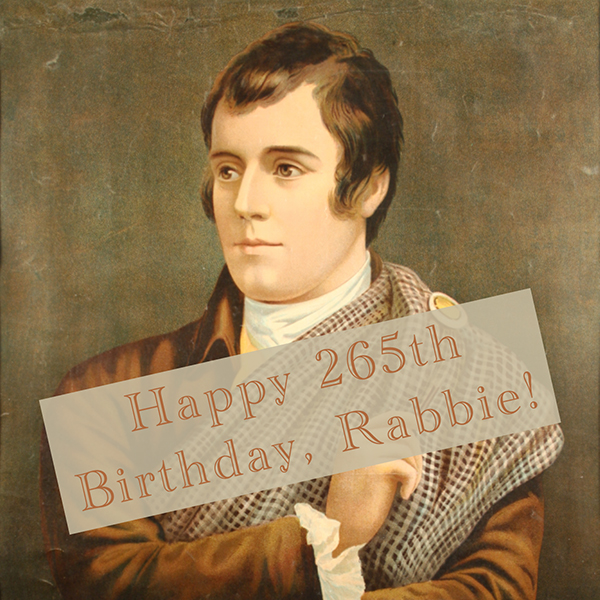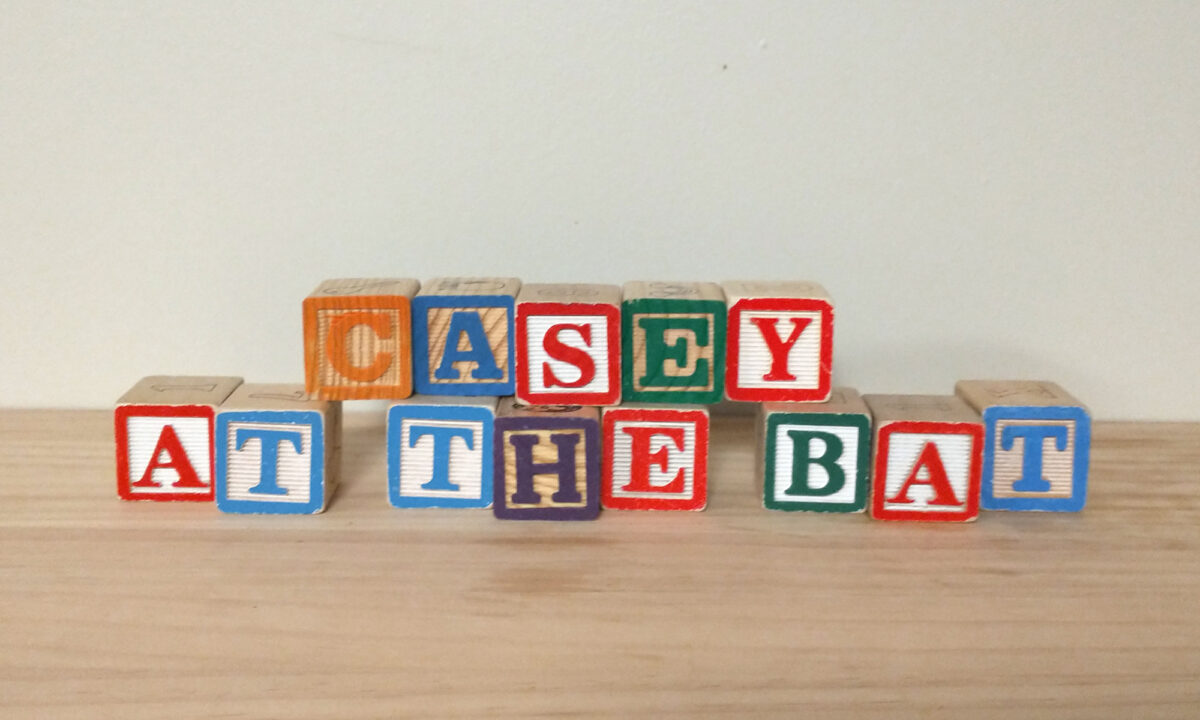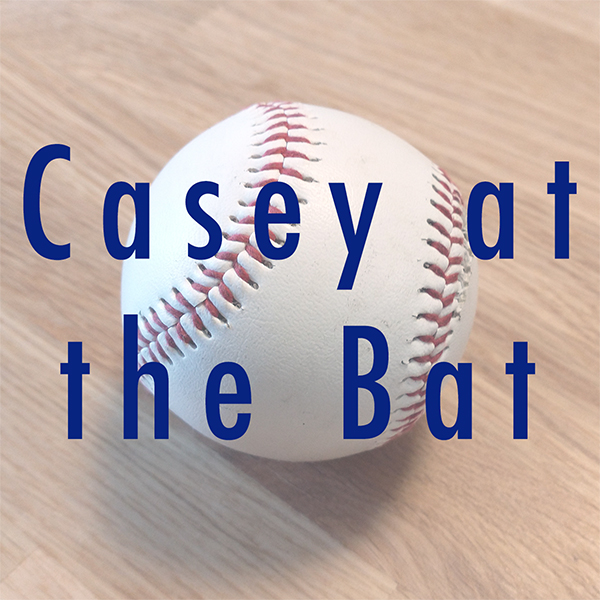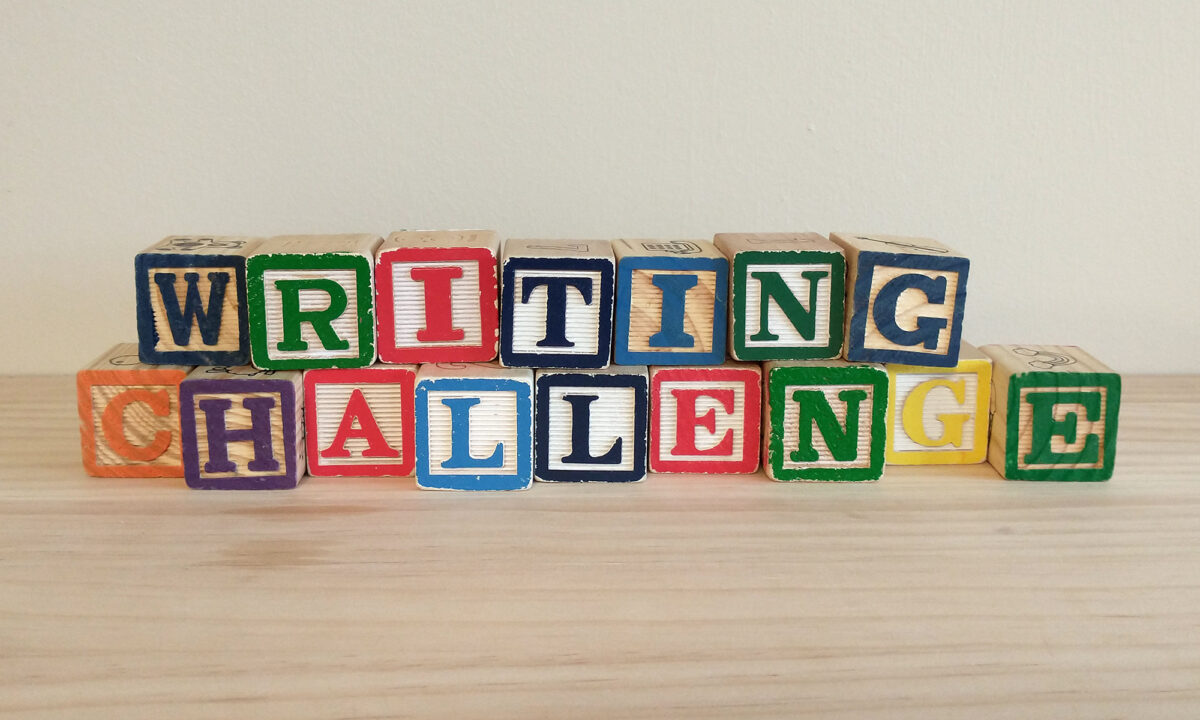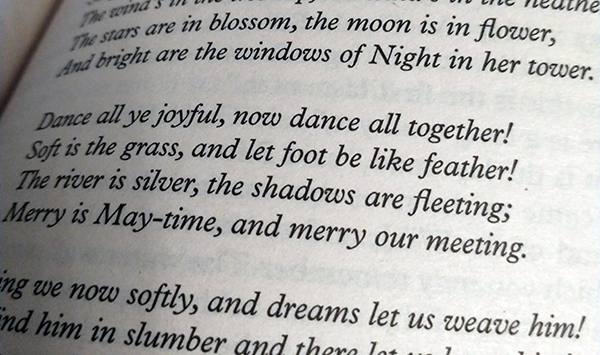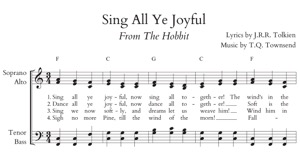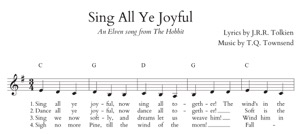What does the world’s biggest pop star have to do with Lord Byron? Quite a lot actually, at least in terms of her poetry. Taylor Swift writes catchy songs about dramatic, volatile relationships — the kind that aren’t a good idea in real life but are awfully fun to sing about. And her song “Blank Space” is a great way to introduce poetic analysis to children.
By starting out with pop songs instead of unfamiliar classics of poetry, kids will be to understand that people in the past felt the same way about trendy poetry as modern kids feel about popular music. Children will also be much more eager to analyze rhyme, meter, and imagery when they are studying the lyrics of a song they already love. Having learned how to do poetic analysis in a fun, familiar setting, students will later be more able and willing to analyze great works of poetry from the past.
Rhyming in “Blank Space” by Taylor Swift
Overall, these lyrics feature very few traditional or perfect rhymes. Meters and sounds only occasionally match up. Thematically, this reflects the story being told in the song: that the man and woman are an imperfect match. They will link up perfectly only for a short time, and then quickly fall out of step with one another.
Perfect Rhymes
There are perfect rhymes sprinkled through the song, such as “friends” and “ends”, “far” and “scar”, and “who is she” and “jealousy”. But these pairings are only occasional and don’t follow a real structure, just like the personal relationships being described.
The first and third lines of the song match in rhythm and rhyme and are organized into three iambs (a poetic unit with two syllables) and a single rhyming syllable at the end. The rhyme only works if it is presented in a standard American dialect. For many other dialects of English “been” and “sin” will not rhyme:
Nice to / meet you, / where you / been?
Magic / madness / heaven / sin
This pattern is repeated a few lines later with a similar pairing, although the syllables don’t match perfectly. The word “new” has only one syllable, where “ain’t it” has two, but the internal words “money” and “funny” rhyme perfectly, as well as the words “tie” and “fly” at the end of the lines:
New / money / suit and / tie
Ain’t it / funny / rumors / fly
The pattern is repeated one more time, again with one syllable mismatch, although the lines are bound together twice; once with the thematic linking of “lips and kisses” as well as the perfect rhyme “skies” and “lies.”
Cherry / lips / crystal / skies
Stolen / kisses / pretty / lies
This rhythmic pattern is repeated one more time, but with a slant rhyme.
Slant Rhymes
The percussive pattern from earlier verses is used one last time, but instead of a perfect rhyme it uses a slant rhyme, where the general sound of the rhyming words is similar, but in this case the nasal sound M is followed by the nasal sound N:
Screaming / crying / perfect / storms
Rose / garden / filled with / thorns
Flipping back and forth between N and M sounds happens again in the chorus, along with the use of a long A sound for a bit of assonance. These words don’t rhyme perfectly, but their sounds are similar enough to tie the chorus together:
flames
pain
insane
game
insane
name
These rhymes aren’t perfect but they are good enough, which reflects the song’s theme of an unstable relationship. This is seen in pairings such as “my hand” and “weekend,” which also pairs the opposite words “bad” and “good” to describe the same people:
Grab your passport and my hand
I can make the bad guys good for a weekend
Activity: Analyze the Lyrics of Your Favorite Song
Ask students to select a song lyrics for analysis. Print or write out the lyrics line by line, then use a highlighter to identify rhyming words. Identify different sorts of rhymes as well as the ways opposite ideas are tied together in the the lyrics to heighten the volatile and extreme relationship that forms the subject of the song.

